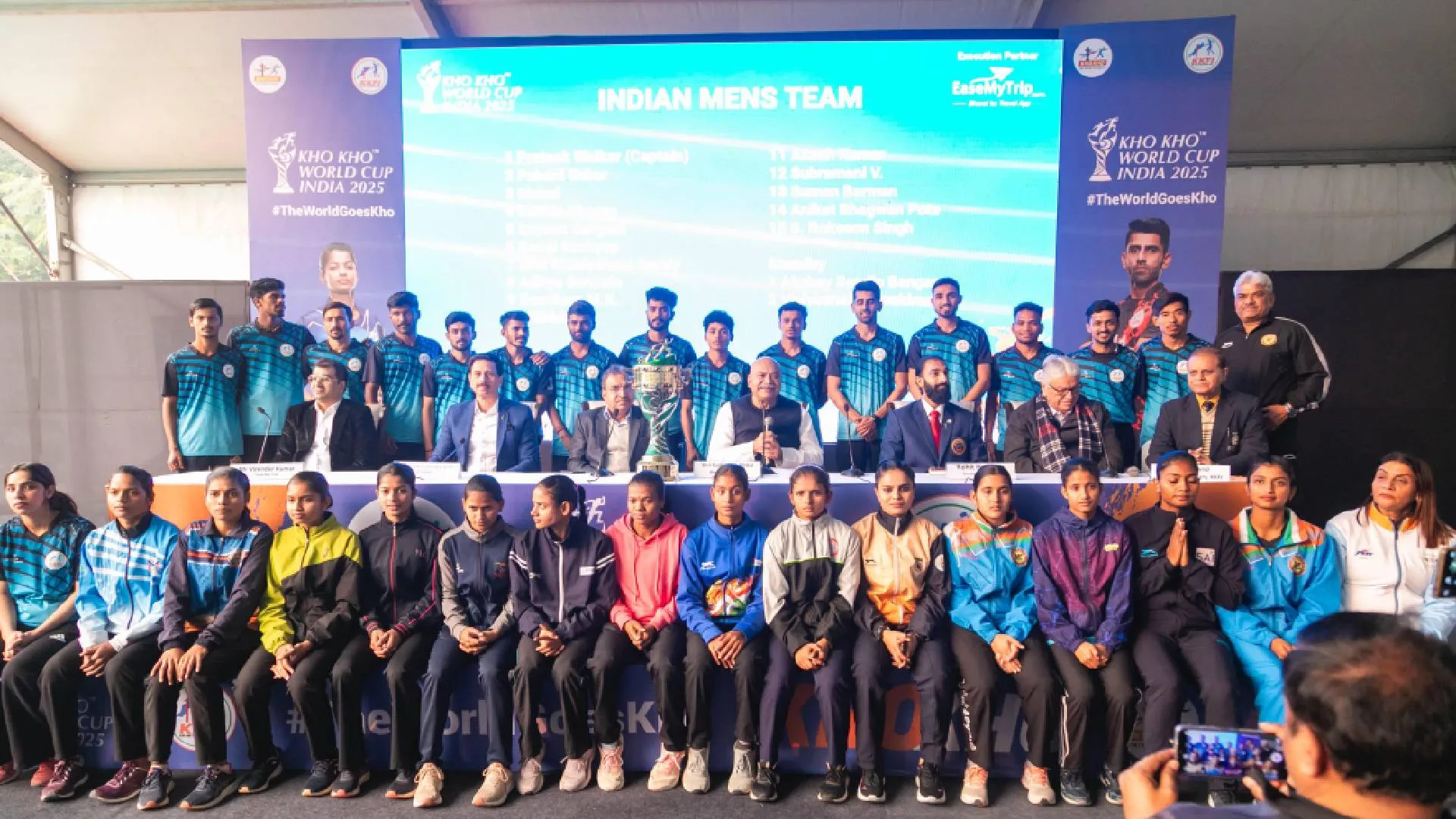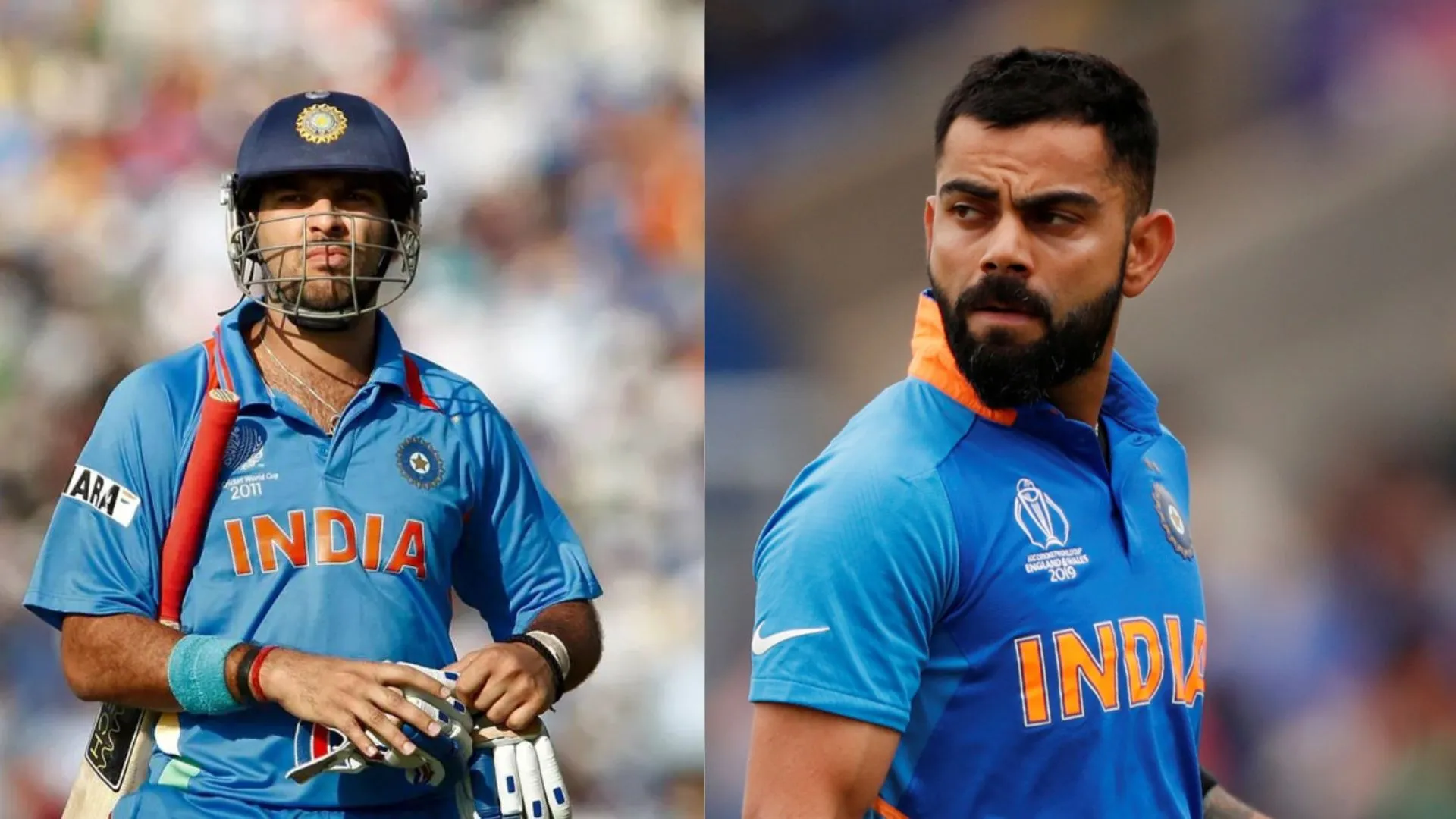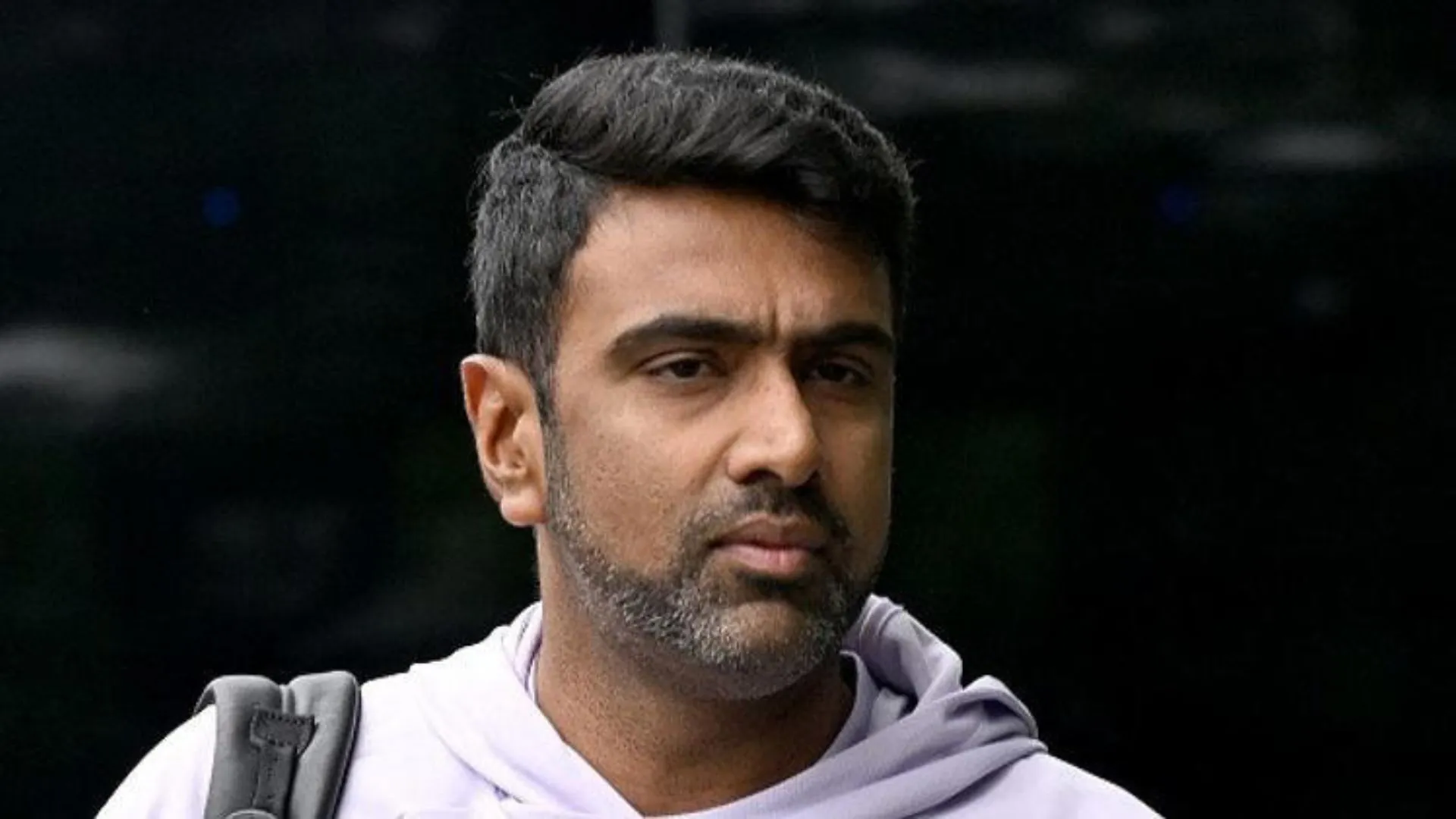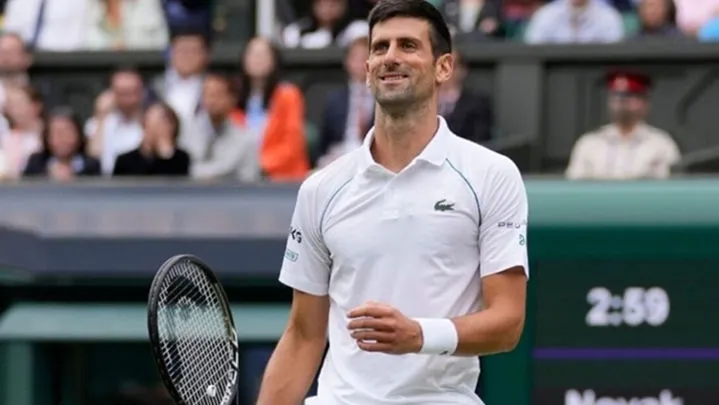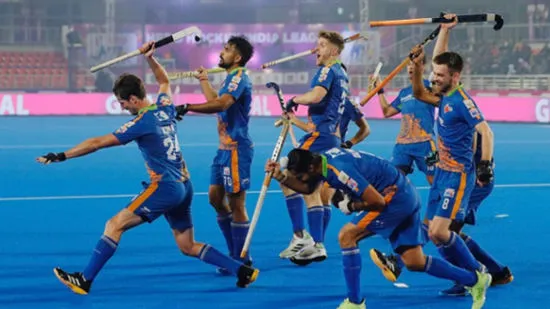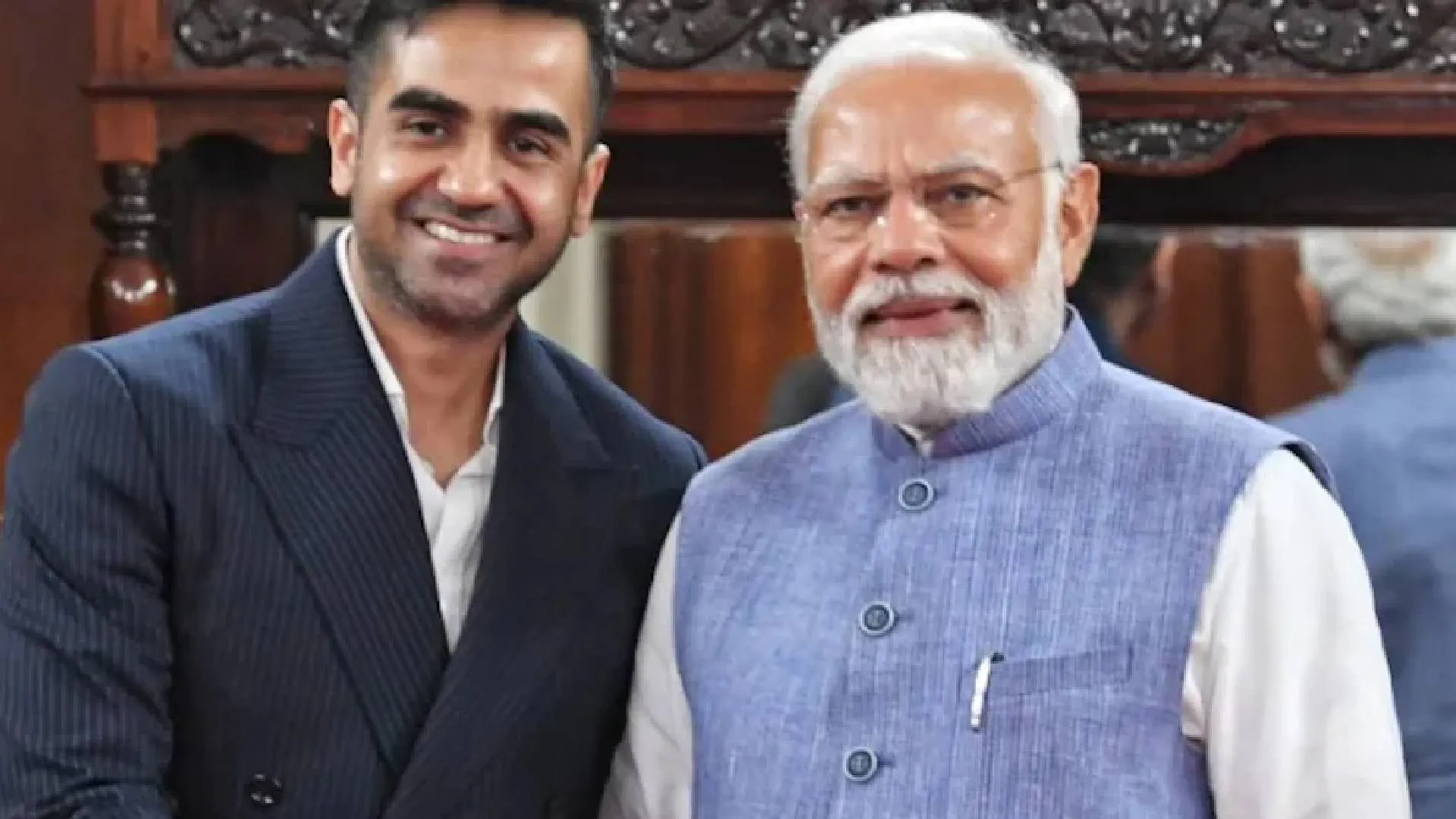Middle-order batsman Shreyas Iyer has admitted that the Indian bowlers have struggled to adapt to the 50-over format from the 20-over format in the first two ODIs against Australia. He, however, added that the workload on bowlers has been immense in recent times.
India lost the first two ODI matches by 66 and 51 runs respectively at the Sydney Cricket Ground, to lose the series and the third match at the Manuka Oval on Wednesday will more be an effort to restore pride and get into some positive frame of mind ahead of the T20I and Test series.
“I am sure that it is just the transition phase from T20s to ODIs. It is really difficult especially for the bowlers to come in and bowl 10 overs on the trot and also field for 50 overs. So it is not at all easy from their point of view,” said Iyer on Tuesday.
In the first match, Australia posted 374/6 and then restricted India to 308/8. In the second ODI, the hosts came out with an even better performance as they set a 390-run target for the Men in Blue. The visitors, in reply, could manage 338/9 in their stipulated quota of 50 overs.
“…In both the innings of the last two matches, the score has gone over 300. The batsmen are doing really amazing, but the bowlers are definitely facing issues with the ball,” he said.
Australia captain Aaron Finch on Tuesday said that Mitchell Starc’s poor form is not a concern for the team although he did admit that the left-arm pace bowler would have preferred to have the ball swinging right from the start in the ongoing ODI series.
Starc conceded 65 runs in the nine overs and picked just one wicket, that of tail-ender Mohammed Shami, in the first ODI and gave away 82 runs in his nine overs in the second match, failing to get even a single wicket.
“He’d (Starc) love to be swinging the ball and getting it right early on but the reality is when you’re defending big totals and you’re playing against good players, they are coming hard at you,” said Finch while speaking to the reporters on the eve of the third ODI against to be played at the Manuka Oval.
“There will be conversations today about what we can do slightly different. Whether it’s a tactical thing or when we’re using him through the innings. We’ll chat about that today. But, definitely no panic stations here from my point of view,” he added.
Starc has been negotiated quite easily in the powerplay by the Indian batters. He conceded 29 runs in three overs in the second match and 27 runs in two overs in the first ODI at the Sydney Cricket Ground. He had leaked 20 runs in the first over of the first ODI on November 27.
But Finch said that Starc’s failure has been mainly due to the flat wickets that have been on offer.
“There’s nowhere to hide in ODI cricket when you’re playing on some really flat wickets with quality opposition, concluded Finch.

